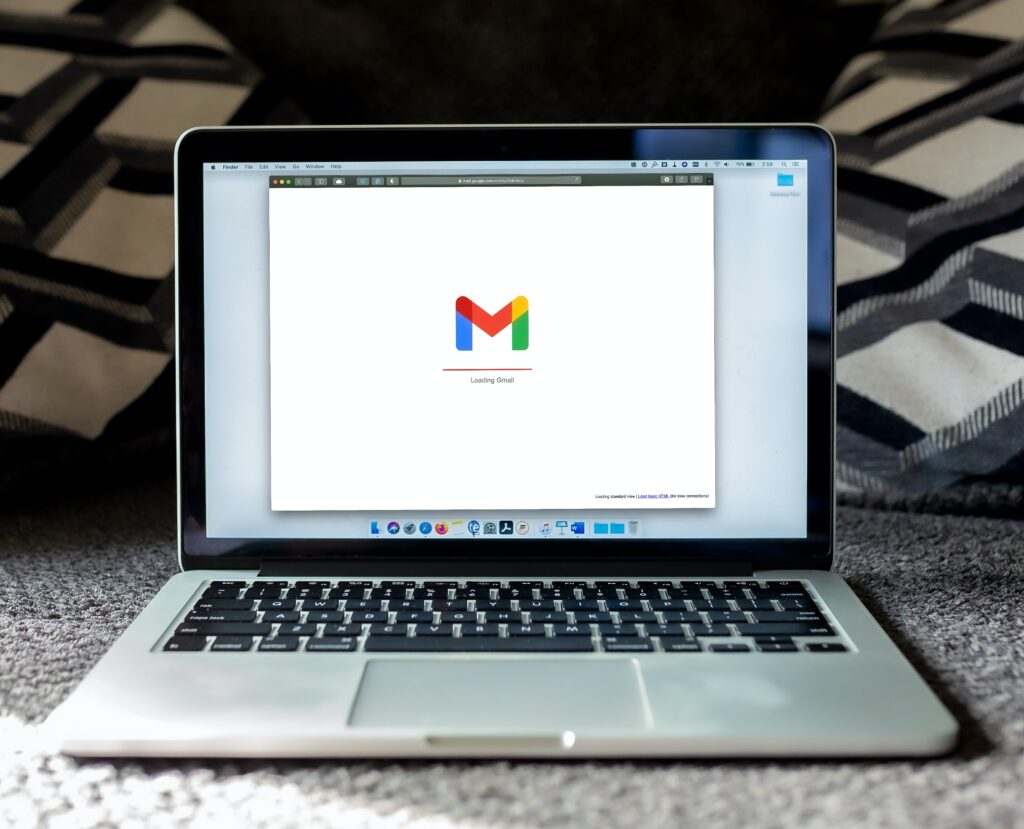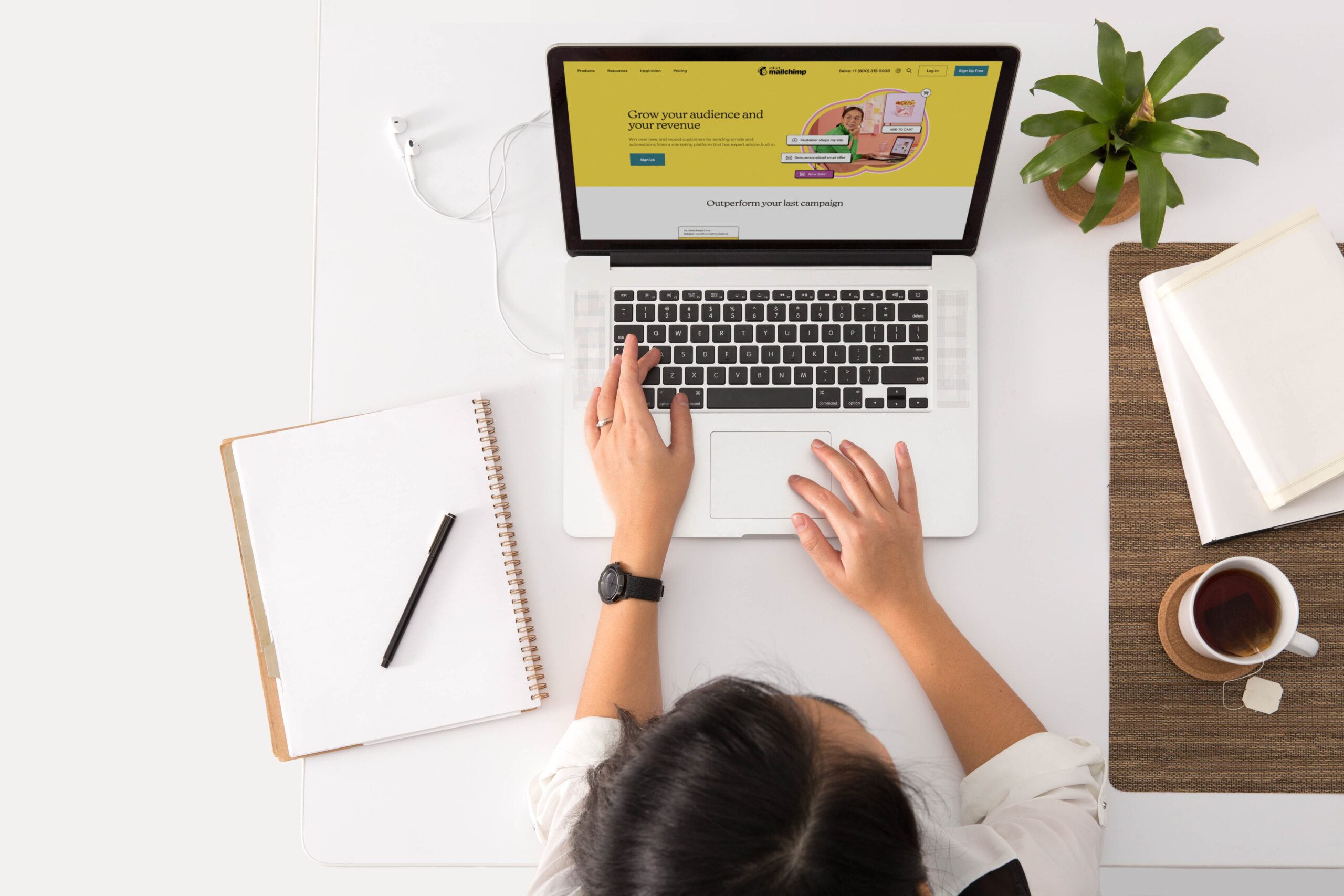How to Start a Newsletter
Before we get into the eight key steps to start your own newsletter, it might be helpful to go back and read “The Benefits of a Newsletter” blog. This will remind you why it’s worth your time to put effort on how to start a newsletter. Knowing the benefits will help you understand how important each step is as you start to put your newsletter together.
Are you ready to start? Let’s go through each step one by one to make sure you have everything you need to create a newsletter that grabs attention and works well.
1. Pick a Platform
There are many affordable and easy-to-use email marketing platforms. Picking one that meets your needs and can support you in achieving your goals can be difficult, so be sure to do your research.
2. Set up Goals
What do you want to achieve with your email campaign and how to start a newsletter?
Write down any goals you have, along with other details like how often you want to send emails, the structure you want to use, and what other support you need to ensure its success. What do you want to achieve with your email campaign and how to start a newsletter? Write down any goals you have, along with other details like how often you want to send emails, the structure you want to use, and what other support you need to ensure its success.
3. Choose Which Type of Email
Depending on your answers to the above, which email campaign you choose will fluctuate. If you want to focus primarily on sales, then promotional emails are the way to go. For customer bonding, newsletters.
Learn more about the different types of email marketing here.
4. Decide on an Email Structure
Do you want your email campaigns to have a regular structure? What do you want the email’s layout to look like?
Identifying these before you begin writing can help shape the development of your content.
5. Write
When learning how to start a newsletter, writing an email is one of the most crucial steps. The email isn’t going to write itself. Open your document and begin writing—but remember: keep it short, make it engaging, and always include a Call-To-Action (CTA).
6. Promote Email Sign Ups
Of course, you want your email to be read. Promote email sign-ups on your website and any social media platforms, and make sure to emphasize why customers should sign up. Regardless of the intention of your email, they should always offer value to your readers.

7. Format and Test
Your email campaign’s look plays a huge role in whether or not subscribers will continue to read. Play around with formatting, add pictures before different sections, stagger paragraphs, include backlinks to resources and buttons, etc. The options are endless.
And once you’ve finished a draft, always always ALWAYS send a test email before you send it to your subscribers. You never know how the formatting will look to readers until you test it!
8. Schedule and Send
When all engines are a go, schedule and send your email. You can use automation to ensure your email arrives in your subscriber’s inbox at an optimal time.
Then, do a little happy dance… you did it!
Optimizing Your Newsletter
To really reap the benefits of a newsletter and learn how to start a newsletter, consider optimizing your email campaigns with elements that improve user experience.
Segmentation
Examples include wanting to test engagement differences between two different emails with different age groups, reviewing how geographical location might influence how an email is received, wanting to survey customer thoughts on a new product announcement by their lifestyles, etc.
Segmentation refers to the sorting of email subscribers into smaller segments. In other words, it’s used to target a specific group of subscribers.
The results of segmentation can be anything from an improved newsletter design to the ideation of a new product based on community wants and needs.
Automation
Ensure your email campaign arrives at the best time for your subscribers with automation—a powerful marketing tool that provides insight into when the best time is to send your email and to whom. Not only that, but you can also set it up so your emails send at the suggested times.
This tool is extremely helpful with lead nurturing emails, the focus being to reach subscribers when they will actually open them.

Call-to-action
Also known as a CTA, a call to action is an incentive or motivating lead written into your content. This can be linked in the text or highlighted with a button. Every email should include at least one, however, if your email campaign has sections, we suggest having a CTA for each one.
Now that you know the benefits of having a newsletter and email marketing campaign, what are you waiting for? Start building your campaigns now with an effective strategy.
Ready to elevate your email marketing game and learn how to start a newsletter? Reach out to Magnify for a free consultation. Discover how we can assist you in achieving your business goals through effective email marketing strategies.

